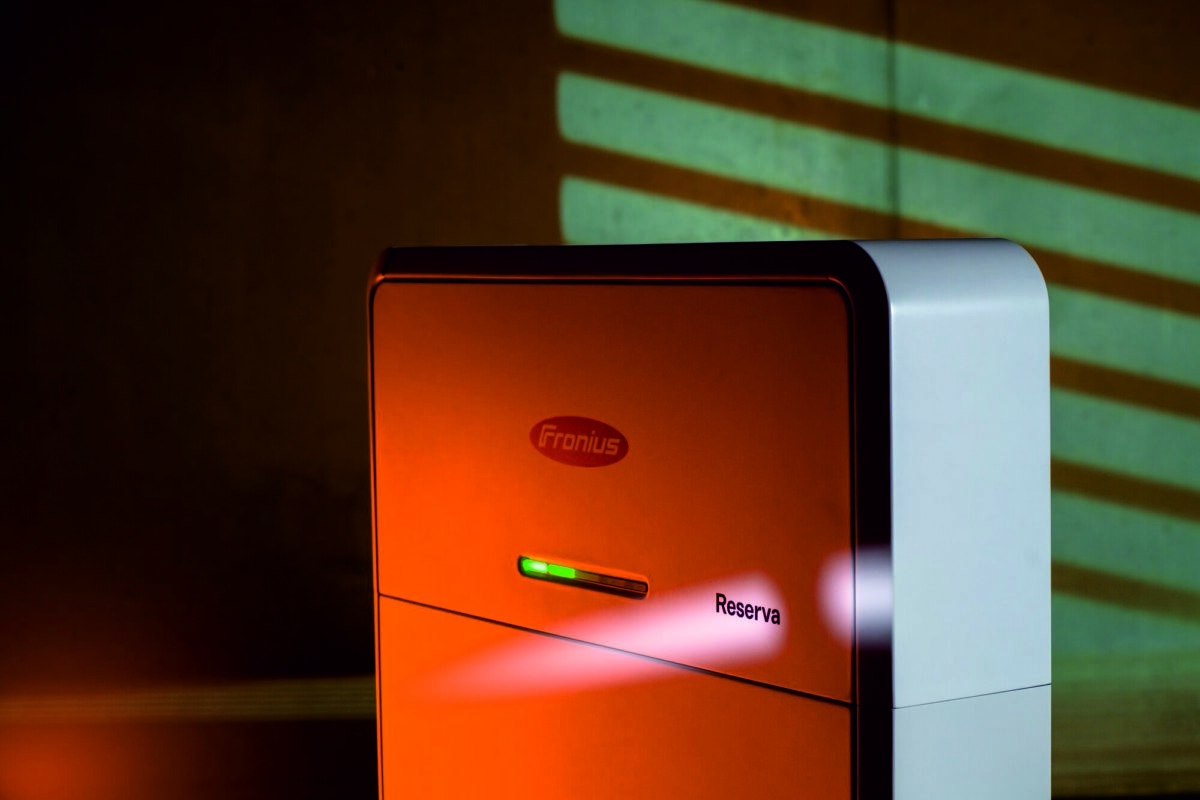An open source tool developed by MIT claims to be able to predict the performance of a solar cell at any given location on the planet.
The researchers tested both silicon and cadmium telluride solar cells, and were surprised to find a difference in performance as high as 5% in tropical regions.
To demonstrate how their tool functions, the researchers took cell performance data from two locations: Perrysburg, Ohio in the U.S. and Singapore, and combined it with one year’s worth of satellite weather data.
In the hot, humid climate of Singapore, the cadmium telluride cells produced up to 5% more energy than silicon, and expect similar results for high-bandgap cell materials, such as perovskites or gallium-arsenide.
The tool will be available to download in the future, allowing users to plug in their own location and performance data.
The researchers aim to simplify the process of choosing which type of solar cell/module to use in a given location, and provide location specific data, rather than relying on performance figures from lab conditions.
“The takeaway is that you should decide what type of solar cell you’re using based on the type of climate in your area, says MIT PV Lab Research Associate Ian Marius Peters.
“There are reasons to use silicon, and there are reasons to use other technologies, like cadmium telluride. Outdoor conditions can become one of the most important factors for determining future research.”
This content is protected by copyright and may not be reused. If you want to cooperate with us and would like to reuse some of our content, please contact: editors@pv-magazine.com.




By submitting this form you agree to pv magazine using your data for the purposes of publishing your comment.
Your personal data will only be disclosed or otherwise transmitted to third parties for the purposes of spam filtering or if this is necessary for technical maintenance of the website. Any other transfer to third parties will not take place unless this is justified on the basis of applicable data protection regulations or if pv magazine is legally obliged to do so.
You may revoke this consent at any time with effect for the future, in which case your personal data will be deleted immediately. Otherwise, your data will be deleted if pv magazine has processed your request or the purpose of data storage is fulfilled.
Further information on data privacy can be found in our Data Protection Policy.